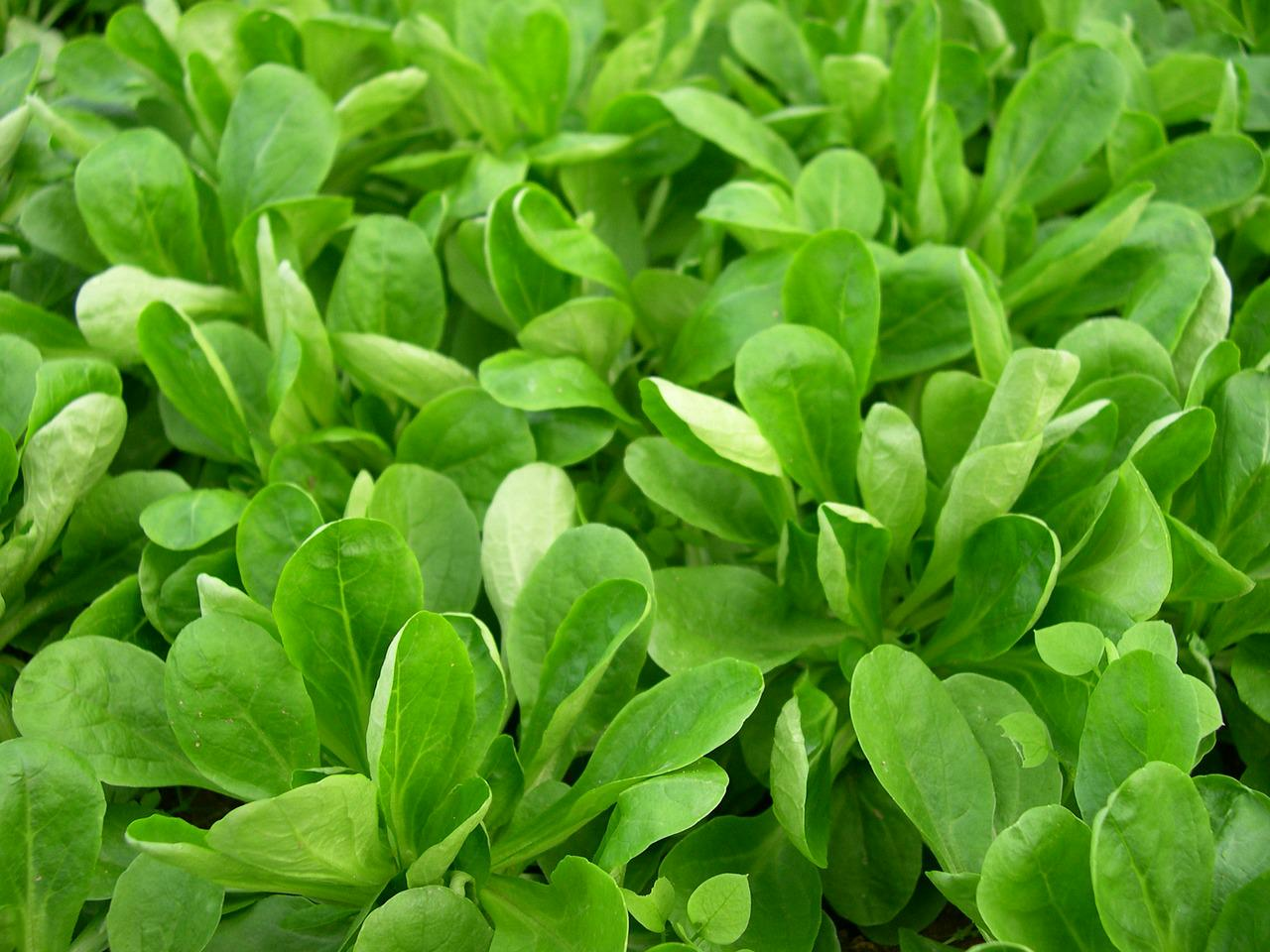
How to Grow Lettuce in Winter: Varieties, Sowing, Harvesting
Classic winter lettuces are certain lettuce varieties that have been bred to be particularly hardy. However, there are many other types of winter lettuce, such as orchid lettuce, lamb's lettuce, sugar loaf, etc., which can green your bed and plate in winter. In this article, we show you which lettuces you can grow in winter!
This Article Contains:
- What Is Winter Lettuce?
- Does Lettuce Grow in Winter?
- Lettuce to Grow in Winter: Hardy Varieties for the Garden or Raised Bed
- Sowing Winter Lettuce: Tips on Timing & Sowing
- Winter Lettuce in a Raised Bed
- Mixed Crop Planting Plan With Winter Lettuces: Examples & Ideas
- Harvesting and Storing Winter Lettuce
- Frequently Asked Questions About Winter Salads
Quick Overview
Winter Lettuce: Species, Hardy Varieties & Sowing
- Chicory: perennial lettuce that is usually harvested by October (no frost-resistant varieties)
- sow in April and May
- Lamb's lettuce, e.g. Duplex, Elan or Louviers
- sowing from July to September
- Endive lettuce, e.g. Eros, Diva or Escariol greener
- sow in July to August
- Sugar loaf, e.g. Leaf Chicory, Stamm Vater or Pan di Zucchero
- sow between June and August lettuce seed
- Winter postelein
- sow between September and March
- Radicchio or orchid lettuce, e.g. Palla Rossa 3, Rossa di Verona or Variegata Lusia
- sow between June and July
- Winter lettuce, e.g. Baquieu, Wintermarie or Neusiedler Gelber Winter
- sow between July and September
- Picking lettuce, e.g. Asian lettuce such as the hardy variety Mizuna or Green in Snow, wild rocket or Red Salad Bowl
- sowing varies greatly depending on the variety, but usually between August and October
What Is Winter Lettuce?
Winter lettuce refers to lettuce varieties that can also be harvested in winter. This means that fresh lettuce can also be eaten in winter. Winter lettuces are quite resistant to the cold and can therefore remain in the field almost all winter. In addition to classic winter lettuce varieties such as sugar loaf or 'Baquieu' winter lettuce, hardy Spinach or hardy lettuce can also be grown.
Does Lettuce Grow in Winter?
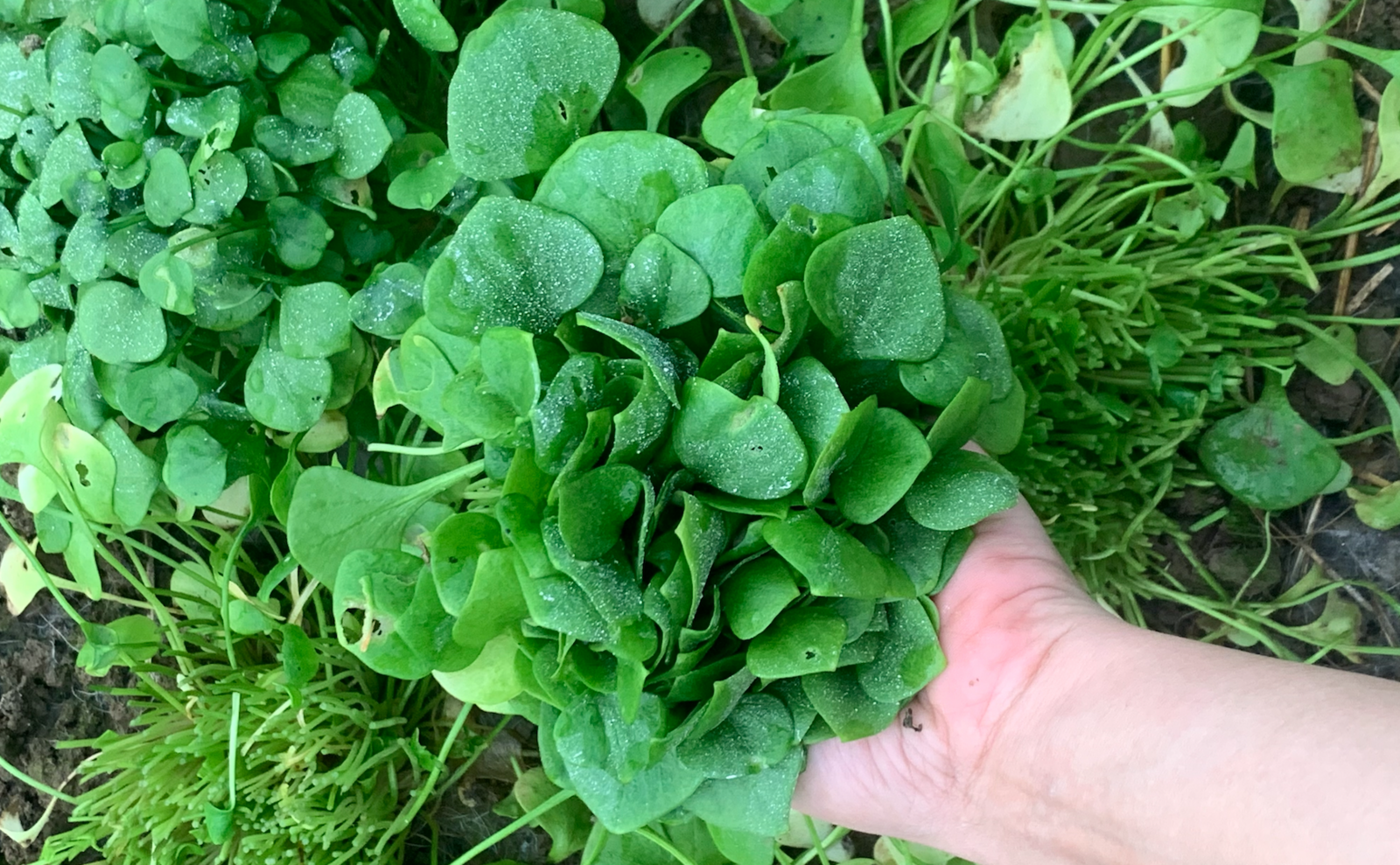
The selection of hardy lettuce varieties is quite large. Here is an overview of winter lettuces that you can plant or sow in the garden, raised bed or even in a protected greenhouse.
- chicory
- lamb's lettuce
- endive
- sugar loaf
- purslane/postelein
- radicchio (also known as orchid salad)
- winter lettuce
- picking lettuce (winter cultivation possible)
Lettuce to Grow in Winter: Hardy Varieties for the Garden or Raised Bed
There are some frost-hardy winter lettuce varieties that are very popular and highly recommended. One popular variety, for example, is 'Baquieu' winter lettuce. It has strong leaves with a slightly bitter, strong taste. Alternatively, you can also choose 'Wintermarie'. An Austrian, traditional variety is 'Neusiedler Gelber Winter'. 'Trémont' has beautiful red spots of color and can be sown both in autumn and early spring. You can find an Overview of Lettuce Varieties for Picking and Head Lettuce here in the article with other hardy varieties for growing in your own garden.
Sowing Winter Lettuce: Tips on Timing & Sowing
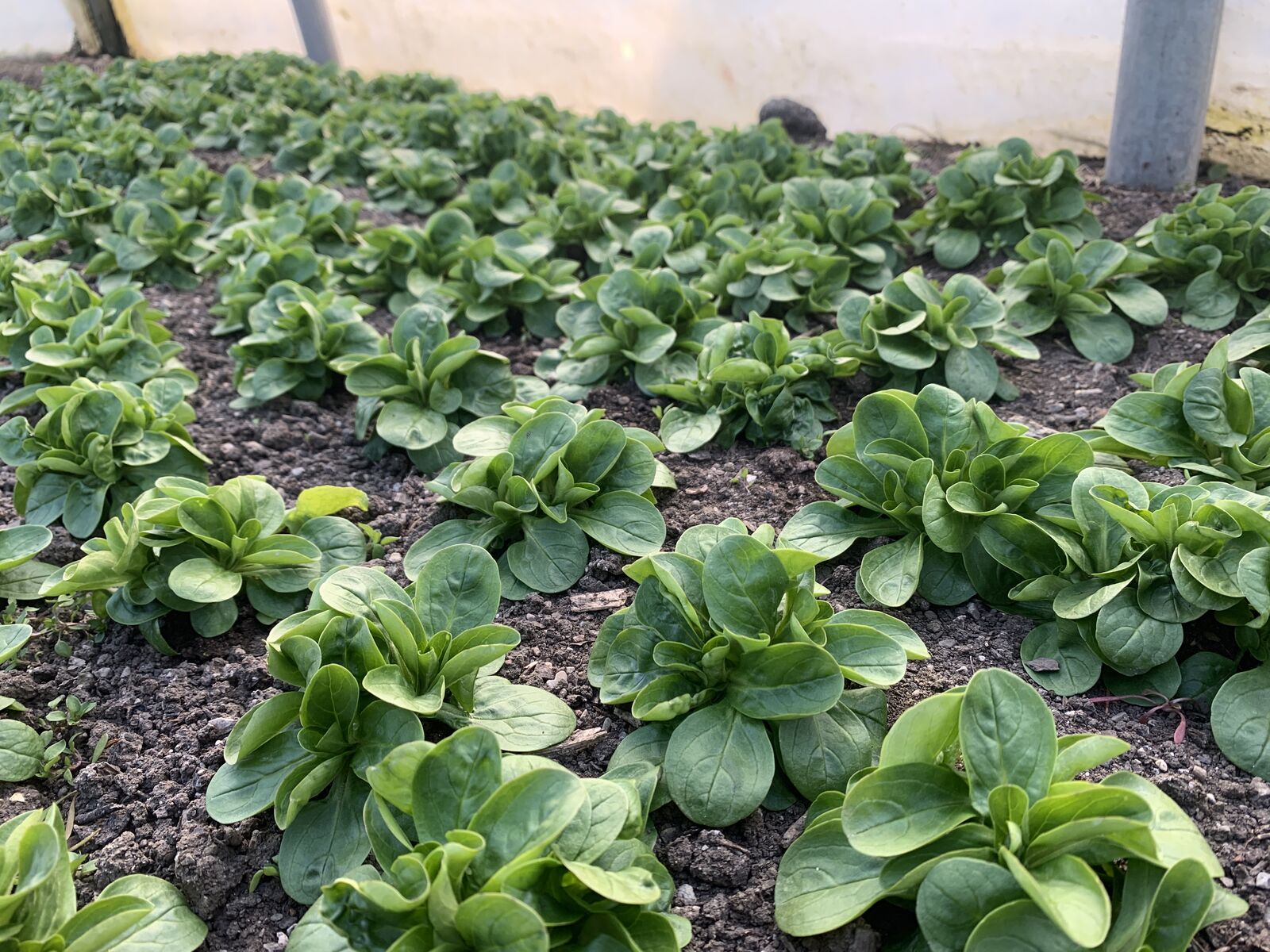
Most winter lettuces need to be sown in summer so that they have most of their growth behind them by fall. When fully grown, the plants are perfectly hardy. However, you can also sow in late fall, as the seedlings are already hardy. However, the seedlings are usually not quite as large, which is why the harvest is quite small. As it is often very dry in the summer months, you should make sure to water regularly to prevent emergence problems.
- Winter lettuce is sown outdoors from July to September. The heads can be harvested throughout the winter. As winter lettuce is a light germinator, the seeds should only be pressed on.
- Lamb's lettuce can be harvested in the fall (until October). For this, it is sown from July to August. For a later harvest from November to January, you must sow in September. Make sure to sow the plants in a wide-spread pattern. You can find out How to Sow, Care for and Harvest Lamb’s Lettuce for a successful harvest in this article.
- Endive can be harvested well into November as it can withstand light frosts. To do this, the winter lettuce seeds should be sown at the end of July to the beginning of August. Separate the young plants after emergence to approx. 30 x 30 cm/11,8 x 11,8 in.
- Postelein/winterpurslane can be sown broadly from September to March. As light germinators, the seeds should only be pressed down. The small rosettes can be somewhat denser and do not need to be singled out. You can Read All About Growing Winter Purslane here.
- Sugar loaf is sown from June to August. Separate the winter lettuce later to 20 x 30 cm/7,9 x 11,8 in. Sugar loaf is ready to harvest from October, but can easily be left in the field all winter and only harvested when needed.
- With radicchio, make sure you get a late variety for winter cultivation. For example, 'Roter Veroneser' is suitable here. Sow at the beginning of July in rows of 12 x 30 cm/4,7 x 11,8 in.
- Orchid lettuce is a particularly beautiful, sweet and mild winter lettuce variety that is a variation of radiccio. The white leaves with red dots look particularly beautiful in a bare winter bed. Orchid lettuce is sown for an autumn harvest from mid-June. The winter lettuce variety can then be harvested from the end of September.
- If you want to grow lettuce as winter lettuce, it is best sown from August to October. Although you can also pre-grow winter lettuce indoors, it is easiest to sow it directly into the bed. The individual plants should be quite close together as they are better protected from frost and cold. Sow the winter lettuce seeds over a wide area to create a dense carpet of lettuce later on. As lettuce is a light germinator, the seeds should only be pressed down and not buried.
In our article on growing lettuce, you'll find More Tips on Sowing, Caring for and Harvesting Lettuce and Chicory.
Winter Lettuce in a Raised Bed
You can also grow various winter lettuces in raised beds. In addition to lettuce, lamb's lettuce also grows well in raised beds. However, the soil freezes more quickly here as the raised beds are more exposed to the cold from the sides. It can help to wrap the raised beds with insulating fleece or fir branches. Individual heads of lettuce or rosettes can also be covered with fleece in severe sub-zero temperatures. Another problem could arise in summer when sowing, as raised beds dry out more quickly than normal beds. Therefore, always make sure to water regularly after sowing.
Mixed Crop Planting Plan With Winter Lettuces: Examples & Ideas
With winter lettuces, you can plant and use your bed all year round. They are the perfect successor crop for heavy feeders, as most lettuces are weak or medium feeders. Although the soil is covered, it is not used as much. You can find examples of your planting plan with winter lettuces here.
You can read more about Lettuce in Mixed Cultivation With Good and Bad Companion Plants in this article. You can also find tips on succession cropping and crop rotation here.

Would You Like to Plan a Bed of Winter Lettuce?
Click here for the bed planner. You can easily create vegetable beds, as good and bad companion plants are displayed directly.
Plan Your Bed NowHarvesting and Storing Winter Lettuce
You can find tips on harvesting winter lettuce here, as you can harvest and enjoy some varieties, such as winter postelein and lamb's lettuce, several times. You can find out what you need to bear in mind when harvesting them below. Winter lettuces such as endive and radicchio, on the other hand, are harvested whole.
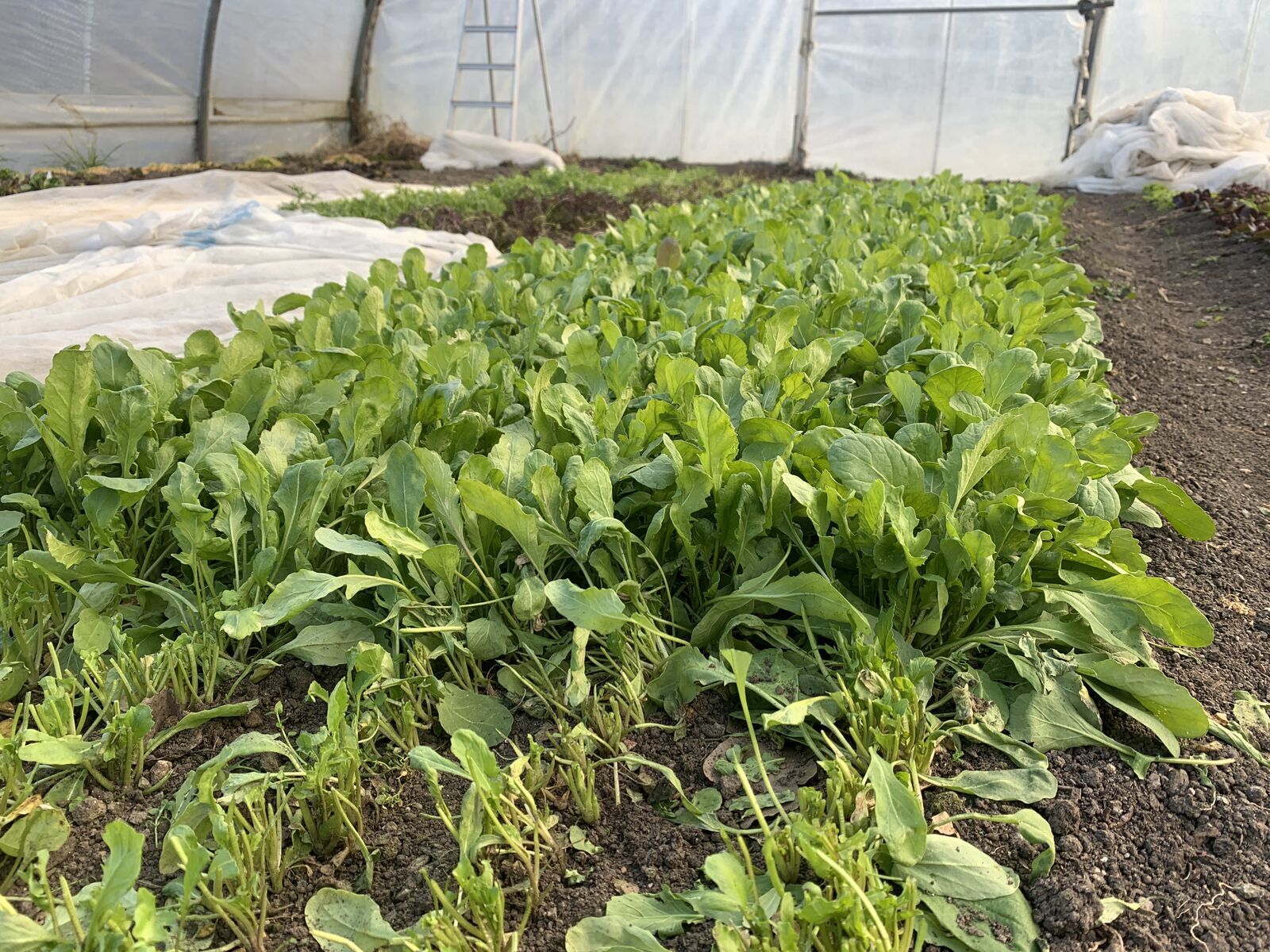
Harvesting Postelein, Rock Lettuce & Picking Lettuce
Small, rosette-forming winter lettuce varieties such as Postelein or lamb's lettuce can be harvested gradually without cutting off the entire rosette. This keeps fresh lettuce in the garden for longer. Only the outer leaves are harvested so that the rosettes can continue to grow. Of course, the entire rosette can also be harvested, but then nothing will grow back.
Picking lettuce can be harvested in a similar way. To do this, only cut off individual leaves of the winter lettuce approx. 4 cm/1,6 in above the ground. This way, the individual plants remain intact and can be harvested again and again.
Harvesting Winter Lettuce: Radicchio, Sugar Loaf & Co.
Lettuces such as radicchio, orchid lettuce, sugar loaf or endive are harvested in one piece. You can either take them out of the ground together with the roots or cut off the lettuce heads approx. 2 cm/0,8 in above the ground. With roots, the heads often stay fresh and storable for longer. To do this, you can either wrap endive and sugar loaf lettuce in newspaper and place them in boxes or embed them in boxes filled with damp sand. The boxes should be kept in a cool and dark (cellar) room. All heads of lettuce will keep for several days in the fridge.
If you have any questions or comments, please write to us at [email protected]. Would you like to receive helpful gardening tips all year round and plan your own beds optimally? Then register here or download the Fryd app for Android or iOS.
Fryd - your digital bed planner
Cover picture by David Will on Pixabay

Isabell
Isabell studies agricultural sciences and loves to be surprised by nature and its complexity again and again. Herbs - whether gathered wild or in the garden - are her passion.
Learn MoreCurrent Topics in the Community

I found this in the street 🌼🌺 i dont know its name

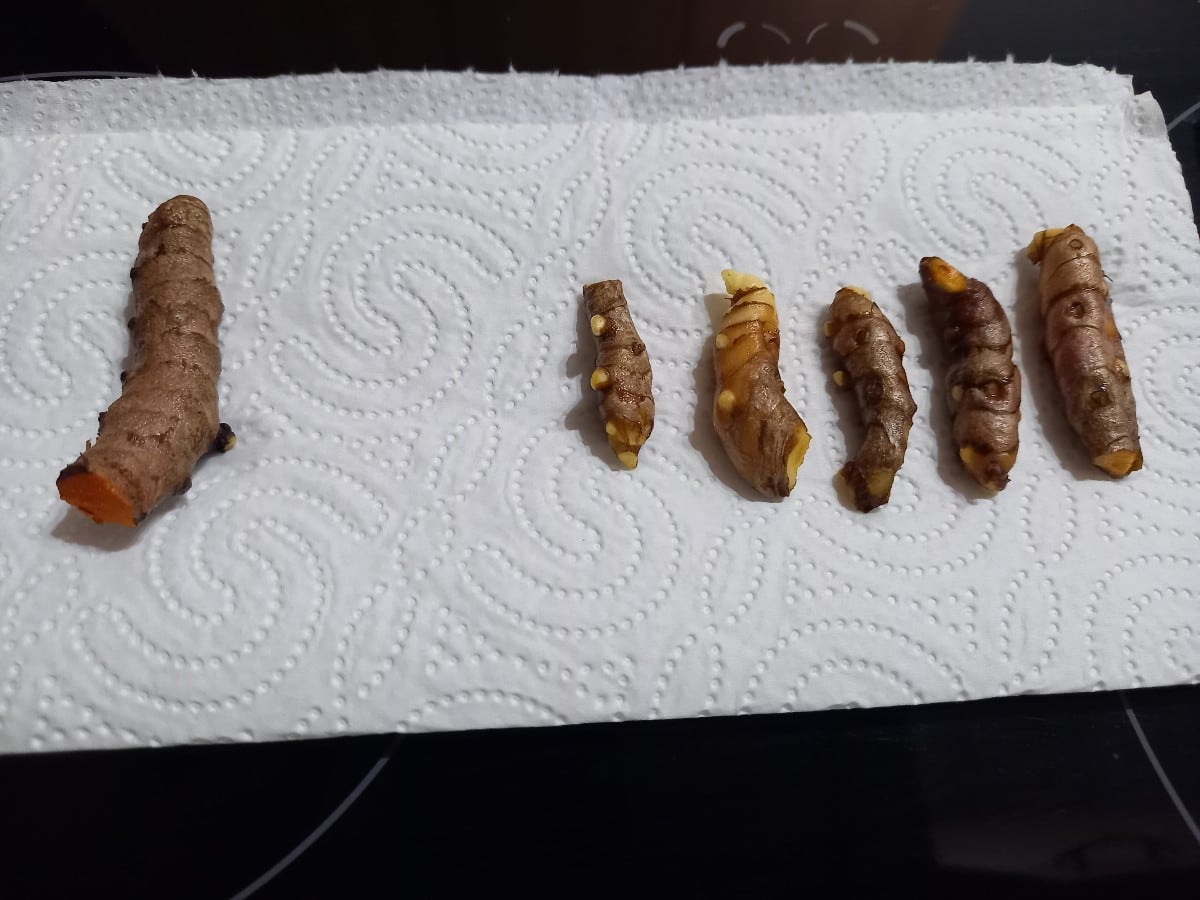
Liked 4 times
Hello folks, Today, after almost a year, I took my turmeric plant out of the flower pot that was on our windowsill. I think it's not bad for a 14x14 pot without any special care. On the left is the mother rhizome, which is also edible.
Show 2 answers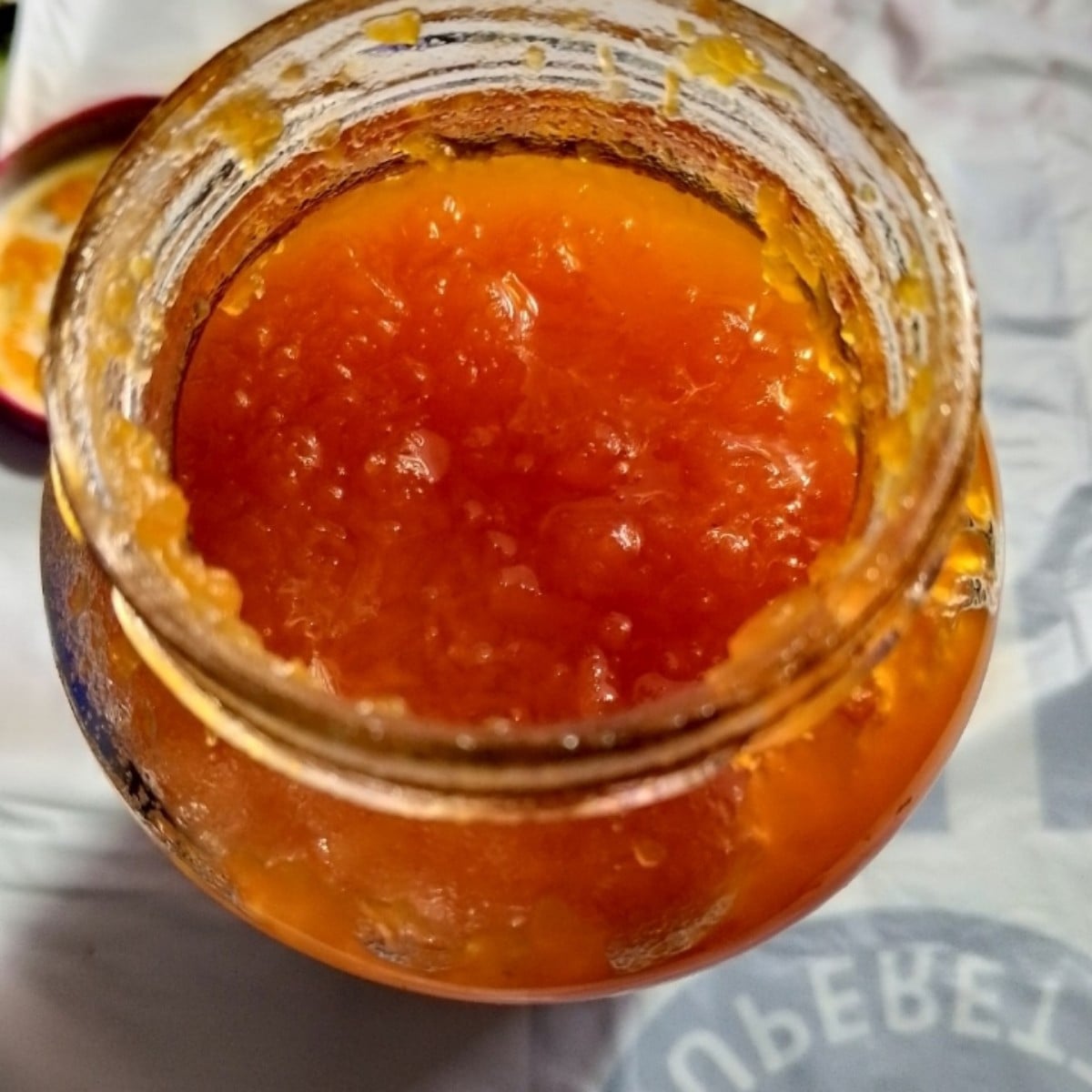
Liked 13 times
Pumpkin jam Cinnamon sticks are added for flavor. It tastes great, do you make pumpkin jam in Europe?
Show 8 answersPopular Articles
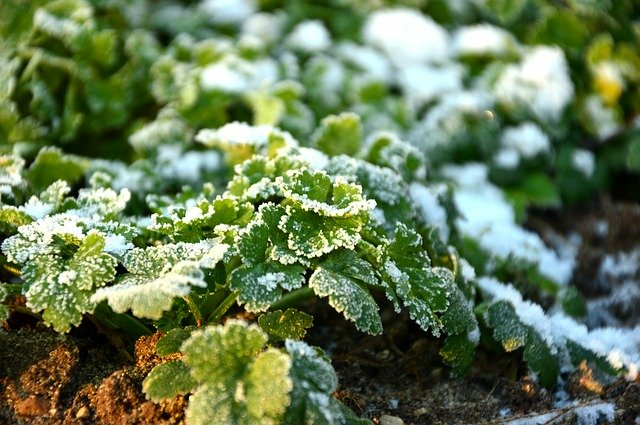
Overwintering Parsley: How to Do It Successfully
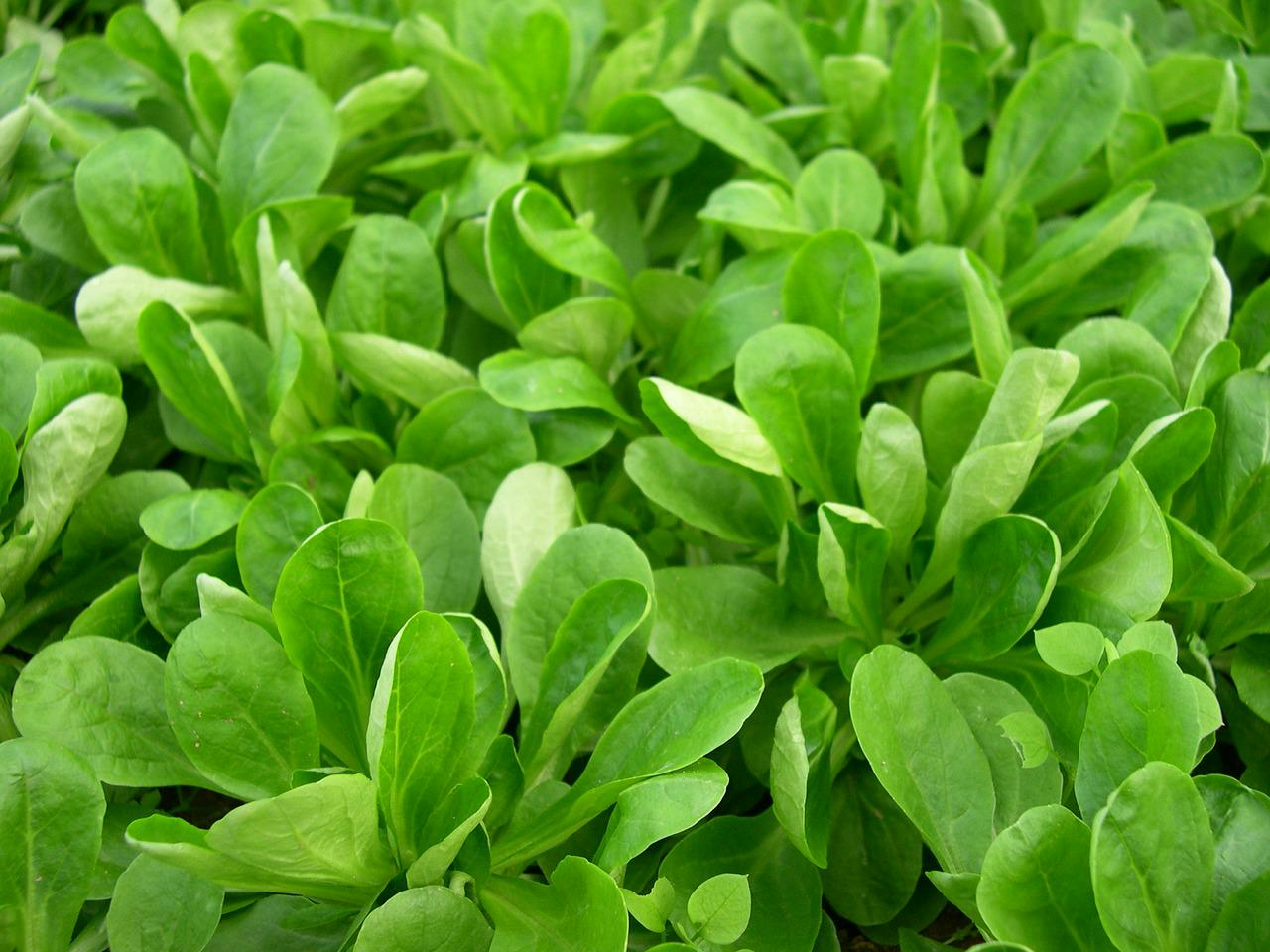
How to Grow Lettuce in Winter: Varieties, Sowing, Harvesting

Growing Sage Plant: Tips for Sowing and Harvesting
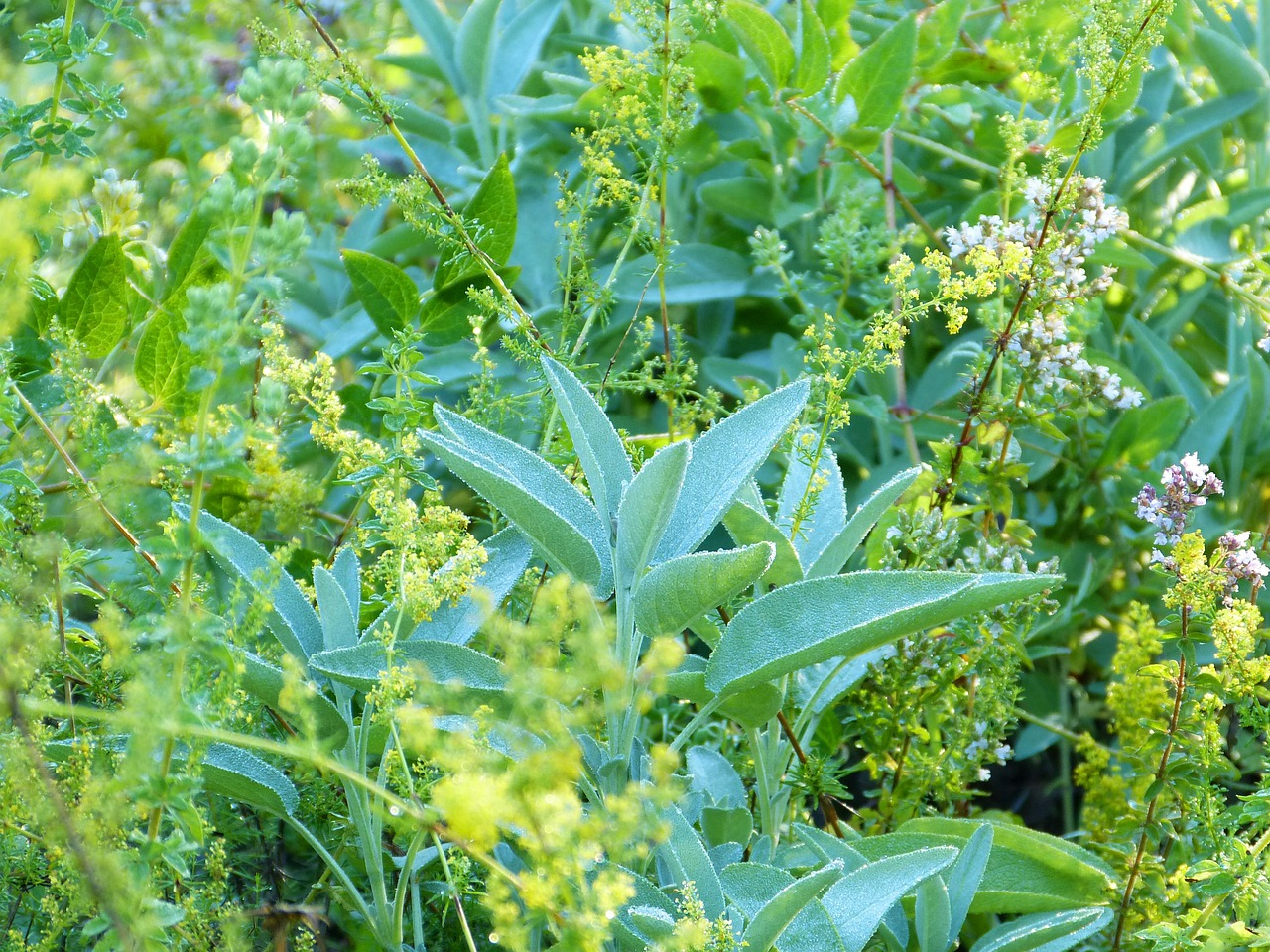
What Herbs Can Be Planted Together?
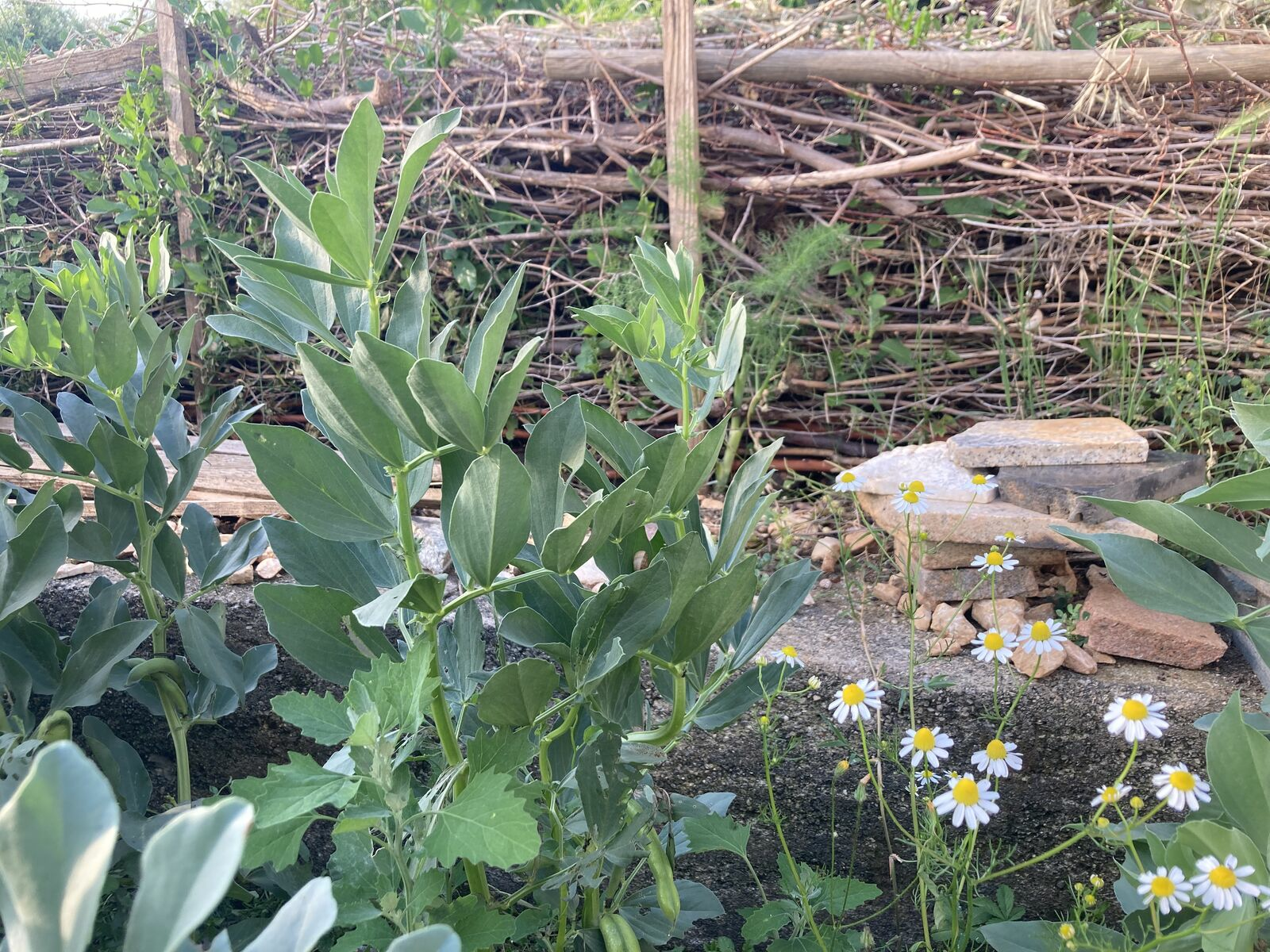
Create & Design a Permaculture Garden
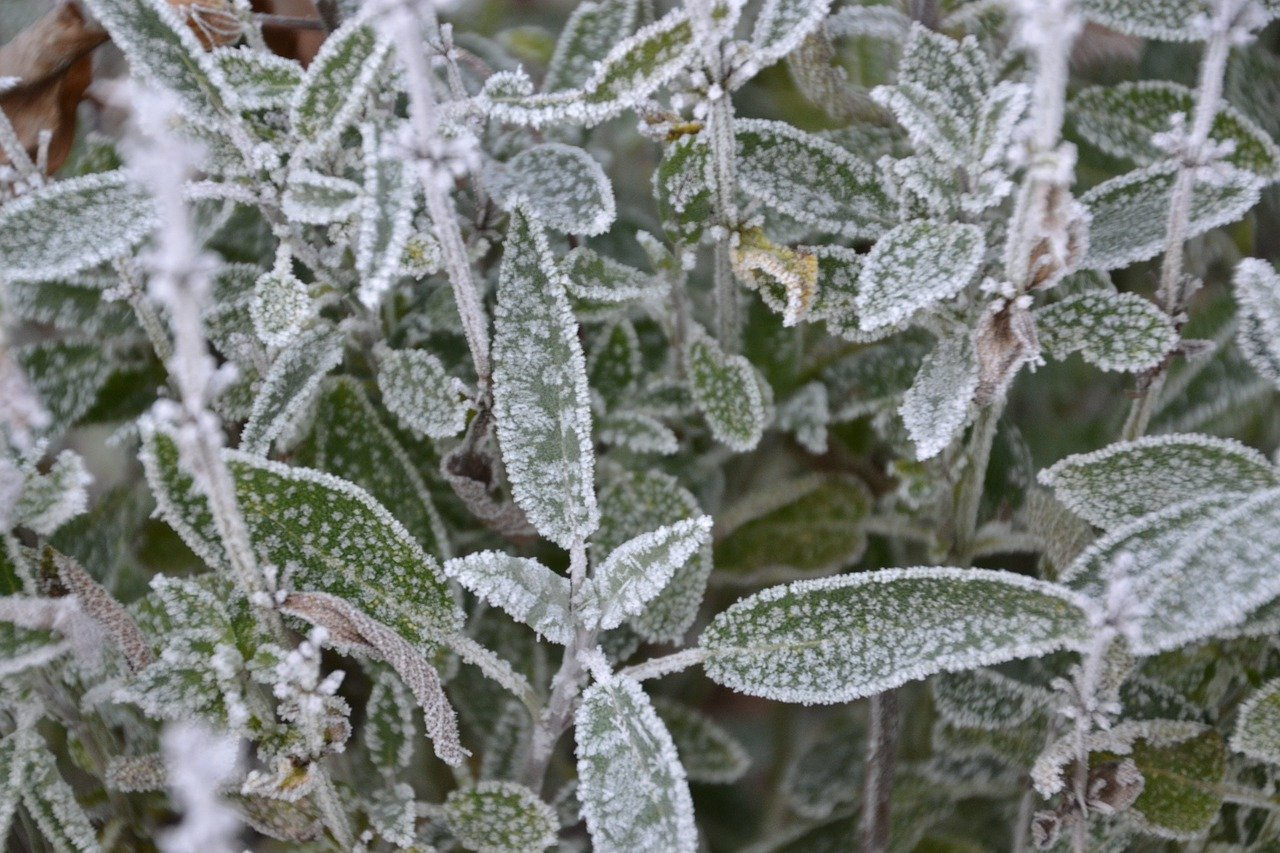
Overwintering Plants: Tubs, Pots and Raised Beds

Pruning, Fertilizing & Propagating Currants: Care Tips
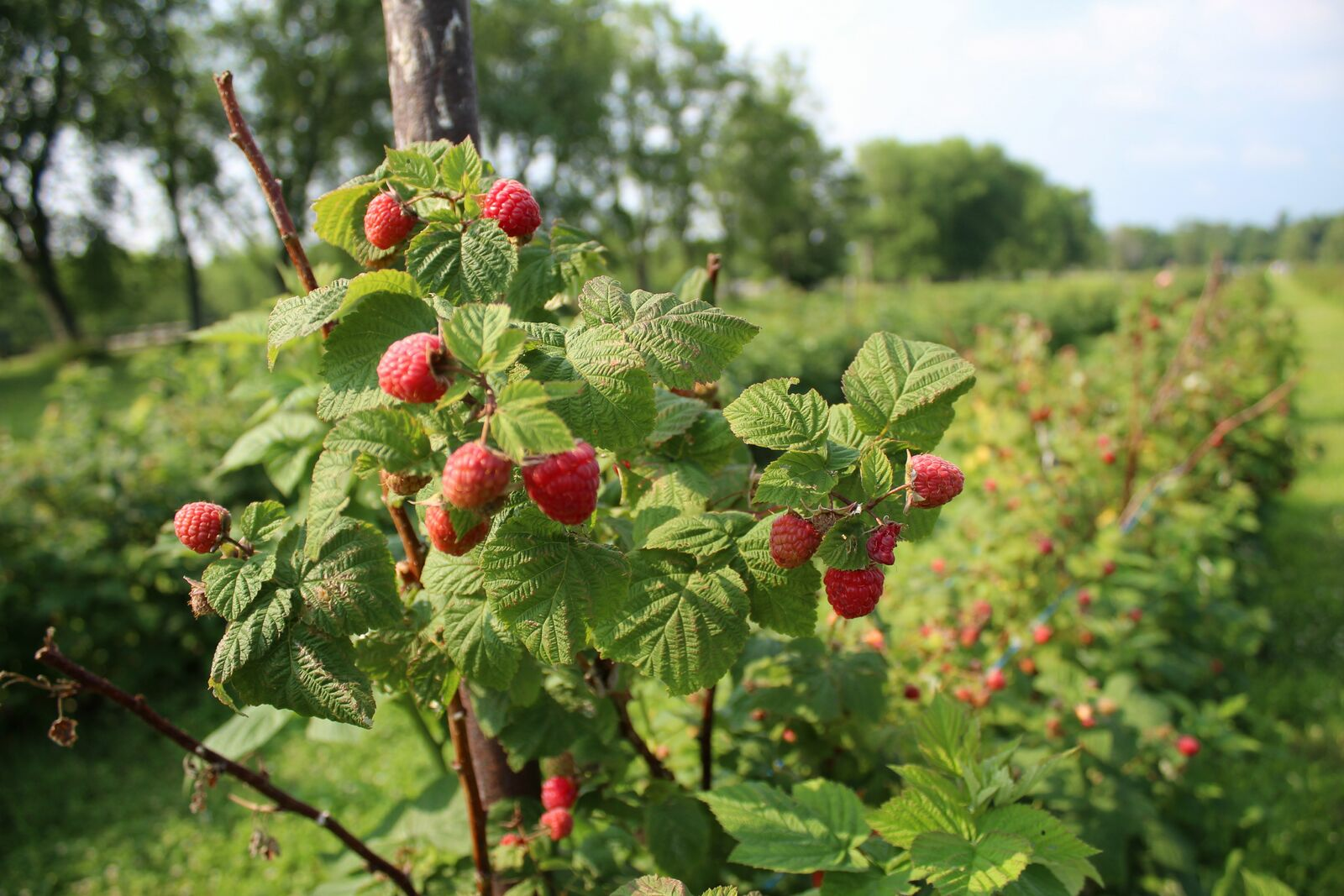
Pruning Raspberries: How to Do It
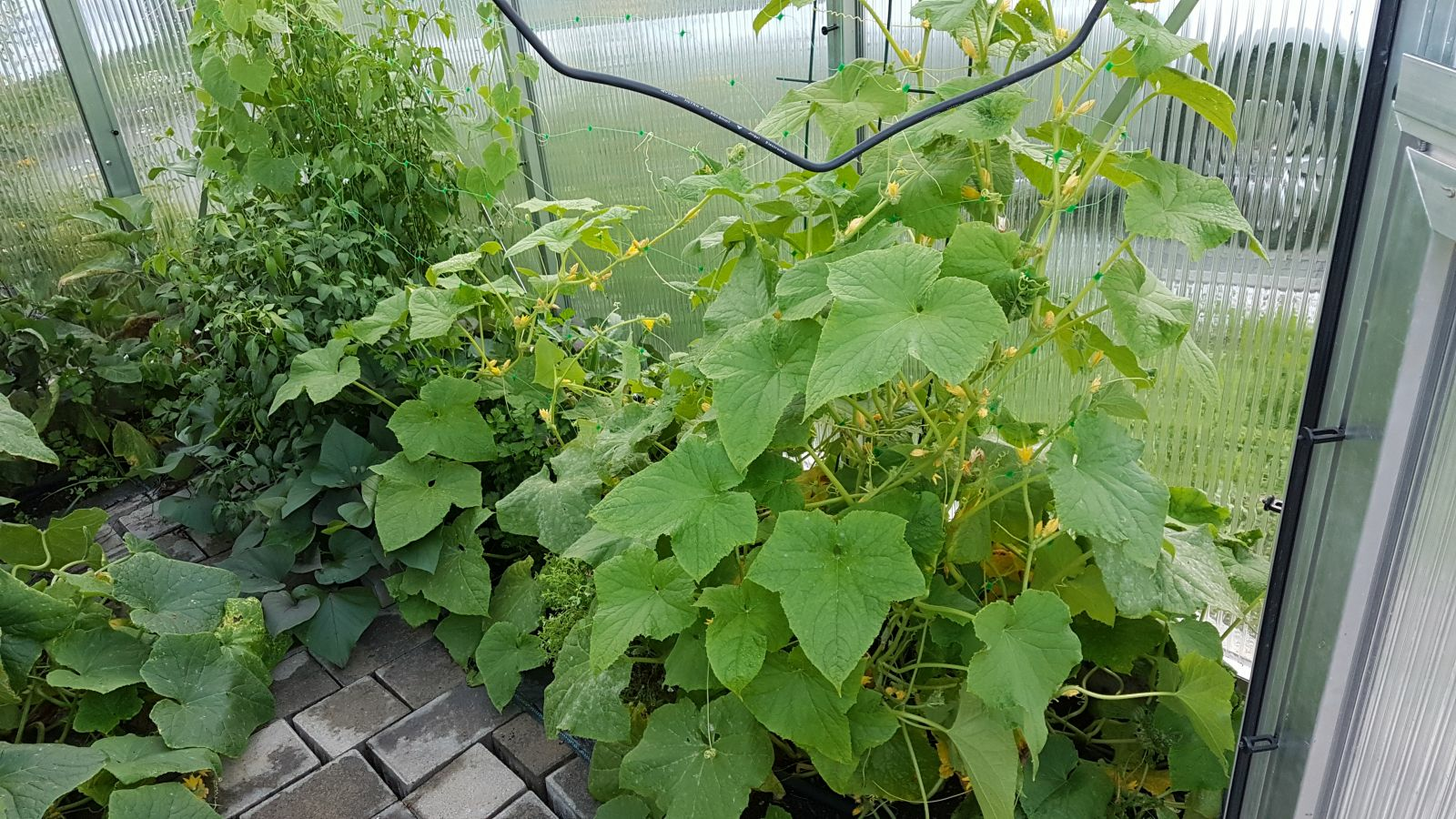
Vegetable Garden With Greenhouse: How to Use Greenhouse Effect
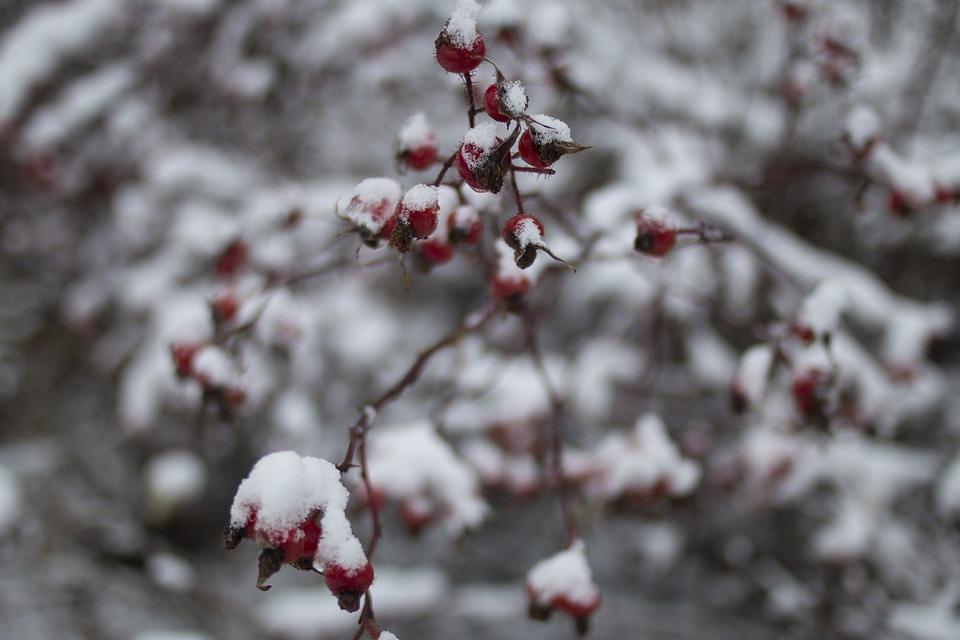
Winterizing Beds and the Garden: How to Do It
FAQ
These are lettuce varieties that can also be grown and harvested in winter. These varieties are usually quite resistant to the cold and can remain in the field throughout the winter.
Which lettuces can be grown in the garden or raised bed in winter?
There are some types of lettuce that can also be grown in winter: Chicory, lamb's lettuce, endive, sugar loaf, winter postelein, radicchio, winter lettuce or some hardy lettuces.
Which varieties of lettuce are hardy?
Winter-hardy lettuce varieties include Baquieu and Wintermarie. Among the sugar loaf lettuce varieties, Stamm Vater and the radicchio variety Rossa di Verona are also hardy.
There are also some hardy varieties of lettuce that can be grown in winter. Some Asian lettuces such as Mizuna or Green in Snow are hardy. The winter-hardy wild rocket can also be grown as a lettuce, as can the oak leaf lettuce Red Lettuce Bowl.